In water activities and recreation, EVA kickboards are popular because of their lightness, durability, and versatility. However, there are a variety of different types of EVA kickboards on the market, each with its own unique characteristics and application scenarios. This article will explore the differences between the different types of EVA kickboards and provide some selection guidelines to help you find the best kickboard for your needs.
I.Classification by material and structure
1. Recreational Kickboards
Features:
- Usually simple in design, with a smooth or slightly textured surface.
- Provides basic buoyancy and stability.
Applicable scenarios:
- Suitable for beginners or family use, for relaxation and floating in the pool.
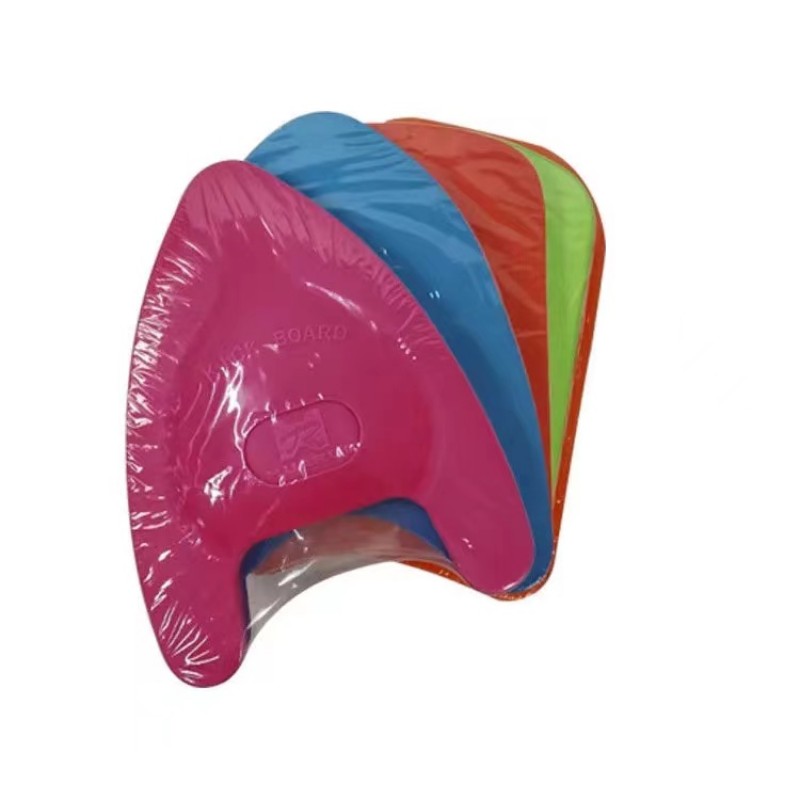
2. SUP (Stand-Up Paddleboarding) Floatboard
Features:
- Larger size, longer and wider for increased stability.
- The surface may have additional non-slip texture to ensure grip when standing.
- May be equipped with D-rings, straps and other accessories for fixing equipment.
Applicable scenarios:
- Designed specifically for stand-up paddleboarding, suitable for surfing, yoga and long-distance paddling.
3. Fishing Float
Features:
- Usually thicker, providing better insulation.
- Equipped with rod holders, tool box mounting points and multiple D-rings for easy carrying of fishing equipment.
- May have anti-slip patterns on the surface to ensure stability when standing.
Applicable scenarios:
- Designed for fishing enthusiasts, it can be used in lakes, rivers or offshore.
4. Yoga Floatboard
Features:
- The surface is very soft and highly elastic, providing good cushioning.
- Usually with textures or patterns to enhance grip.
- Moderate size, easy to carry.
Applicable scenarios:
- Designed specifically for water yoga practice to help maintain balance and comfort.
II.Classification by material and structure
1. Closed-cell foam
Features:
- Non-absorbent, resistant to mold and mildew.
- Easy to clean and maintain.
- Provides consistent density and performance.
Applicable scenarios:
- Suitable for all types of water activities, especially those that require long-term exposure to water.
2. Open-cell foam
Features:
- Softer, but easy to absorb water.
- Requires regular drying and maintenance to prevent degradation.
Applicable scenarios:
- Suitable for occasional leisure activities such as family pool parties.
3. Compression-molded foam
Features:
- Made by heating and pressurizing, it provides consistent density and high quality.
- Durable and stable performance.
Applicable scenarios:
- Suitable for users with high-performance needs, such as professional athletes or frequent users.
4. Cross-linked foam
Features:
- Chemically treated to enhance strength and elasticity.
- More durable and able to withstand harsh conditions.
Applicable scenarios:
- Suitable for use in extreme conditions, such as surfing or long expeditions.
III. Other considerations
1. Thickness
- Thin boards: More portable, but may not be comfortable.
- Thick boards: Provide more buoyancy and comfort, but may be heavy and difficult to transport.
2. Size
- Choose the right size based on your height, weight, and purpose of use. Larger boards provide more stability, but may be less portable.
3. Weight capacity
- Make sure the board has the capacity to support not only your weight, but any additional gear or passengers.
4. Additional features
- Integrated handles: For easy carrying.
- D-rings and bungee cords: For attaching additional accessories.
- Compatibility with existing equipment: Make sure it is compatible with your leg ropes, pumps, or other equipment.
5. Brand reputation and reviews
- Choose a well-known brand, and read user reviews to learn about real-world performance and durability.
6. Budget
- While high-quality kickboards may be more expensive, they generally offer better performance and longer lifespan. Mid-priced options also offer good value for money.
Conclusion
Choosing the right EVA kickboard depends on your specific needs, usage scenarios, and personal preferences. Whether it’s for leisure, SUP sports, fishing, or yoga practice, understanding the characteristics and applicable scenarios of different types of kickboards will help you make an informed choice. I hope this guide can help you find the EVA kickboard that suits you best, so that you can have more fun in your water activities!

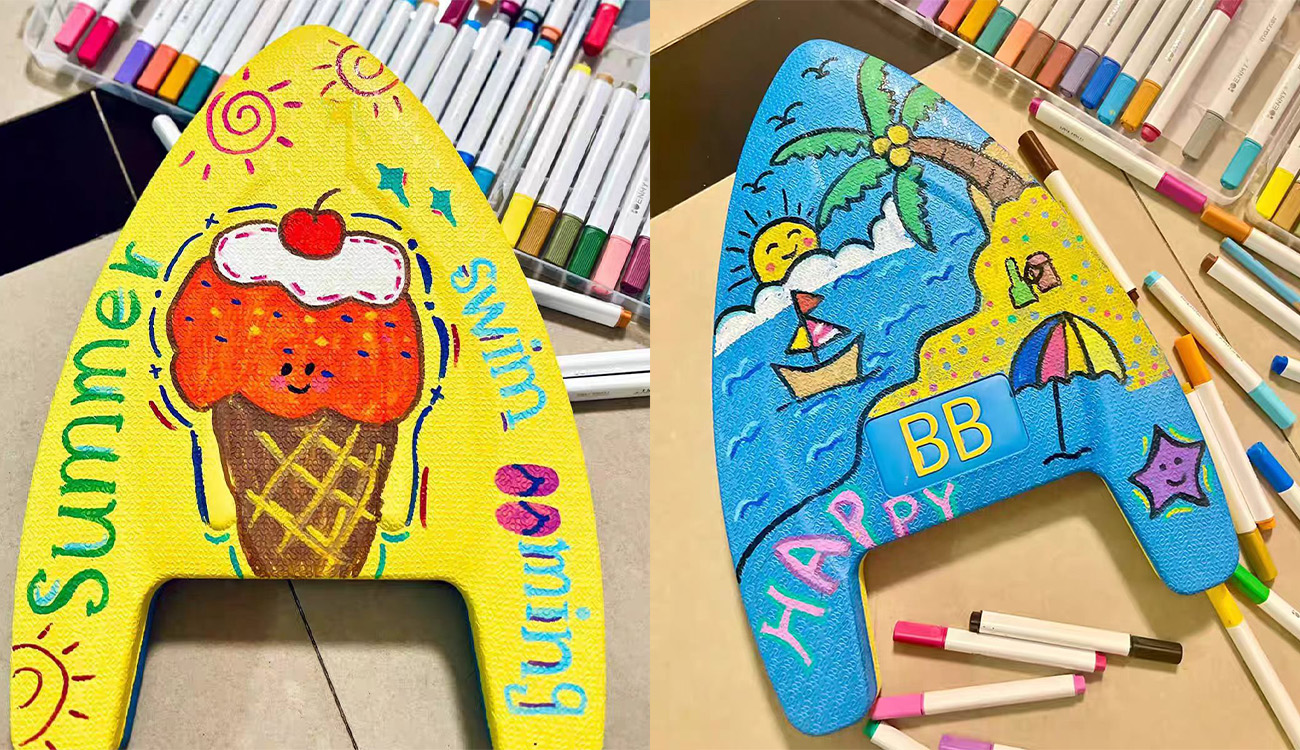
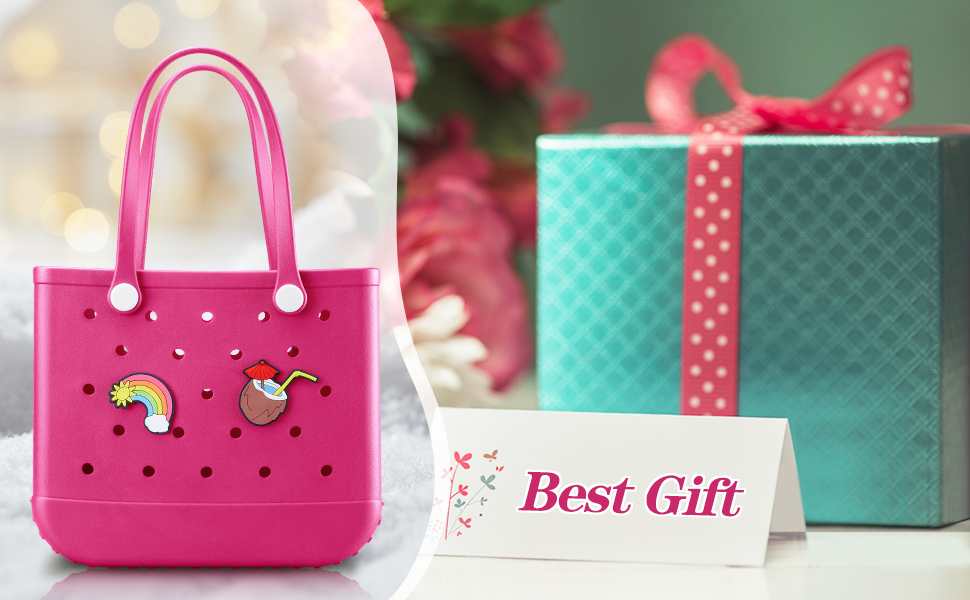
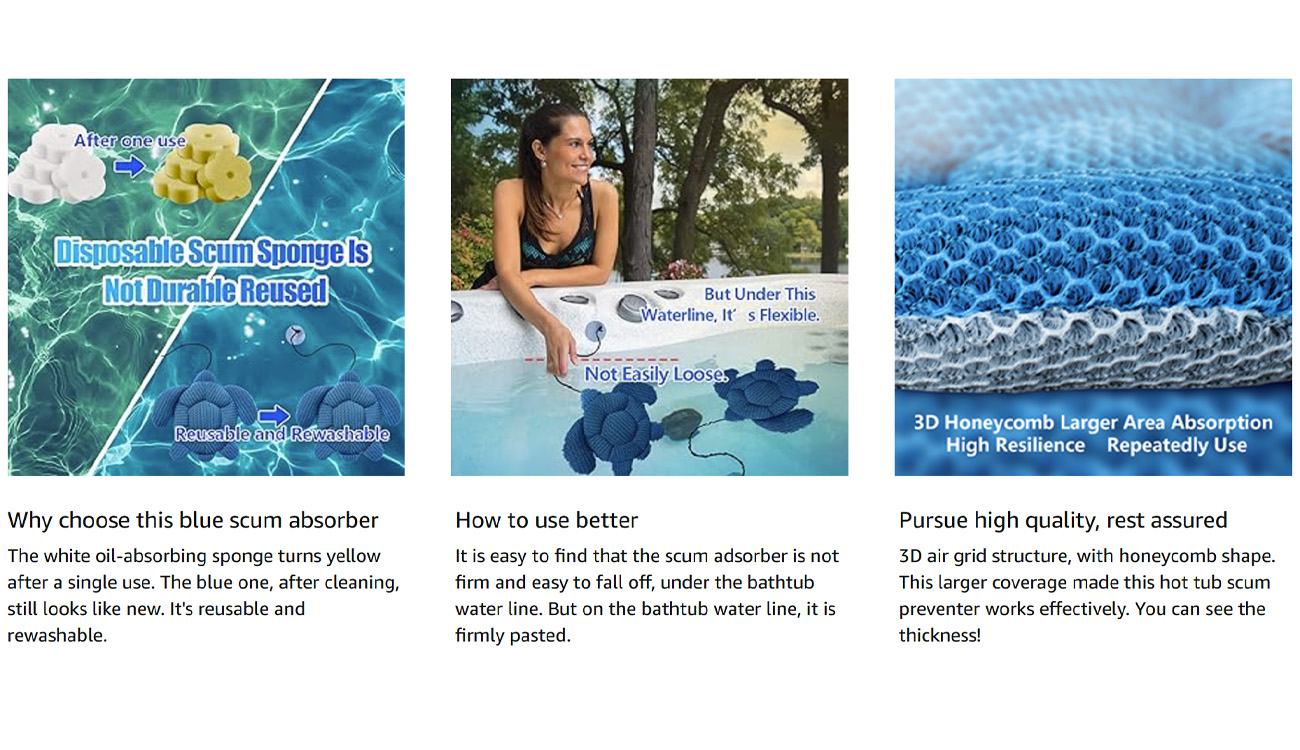



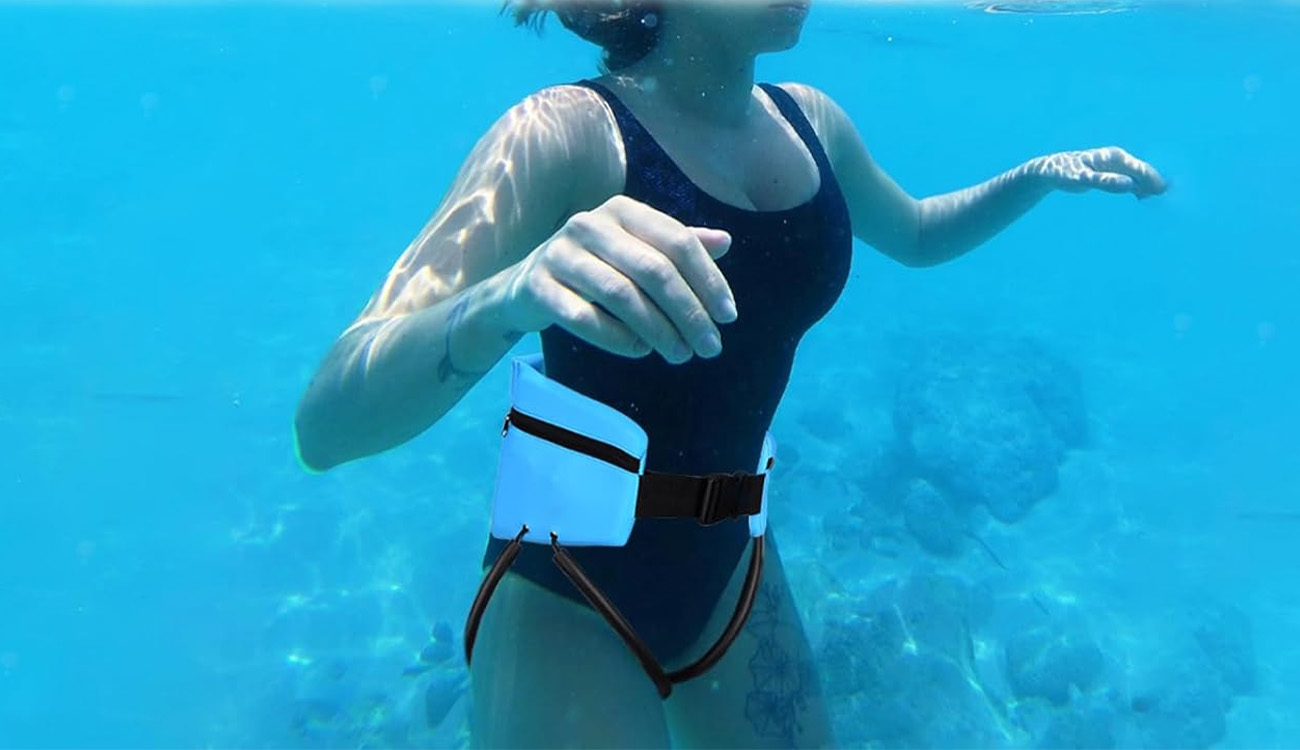
Leave a comment